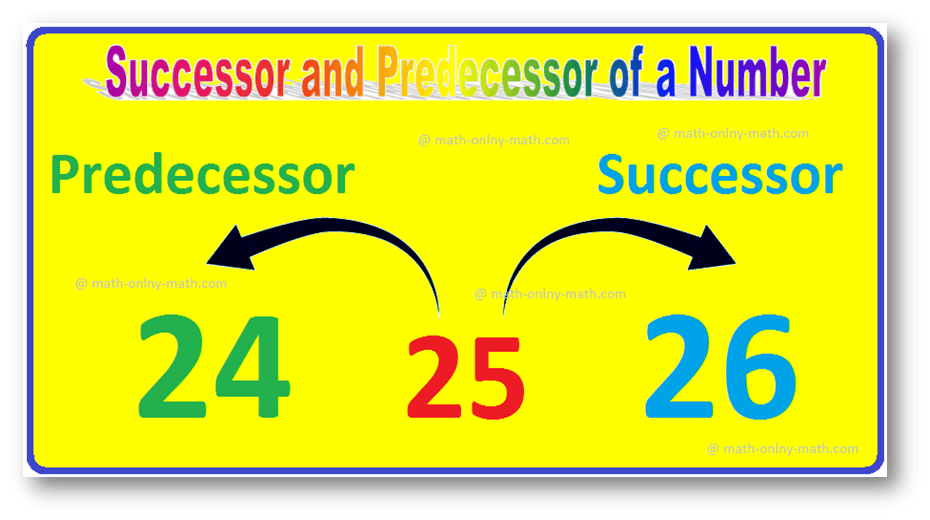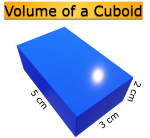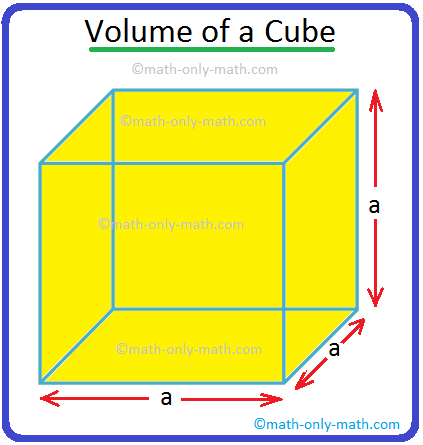Subscribe to our ▶️ YouTube channel 🔴 for the latest videos, updates, and tips.
Home | About Us | Contact Us | Privacy | Math Blog
Rule of Separation of Division
Here we will learn the rule of separation of division of algebraic fractions with the help of some problems.
(i) a+bc=ac+bc
(ii) x−yk=xk−yk, but kx+y≠kx+ky
By transposing the above two quantities we get;
(i) ac+bc=a+bc
(ii) xk−yk=x−yk
These means, if two fractions are with same denominator then taking that common denominator as the ‘denominator’ and the sum of the numerators as ’numerator’, we get the sum of the two fractions. Similarly, taking the common denominator as the ‘denominator’ if the difference of the numerators is taken, we get the difference of two fractions.
Now we will learn how to solve the problems by using the rule
of separation of division to determine the sum or difference of two algebraic
fractions by taking common denominator.
1. Find the sum by taking common denominator:
mxy+nyz
Solution:
We observe the two denominators are xy and yz and their L.C.M. is xyz, so xyz is the least quantity which is divisible by xy and yz. So, keeping the value of mxy and nyz unchanged xyz should be made their common denominator. So, both the numerator and denominator is to be multiplied by xyz ÷ xy = z in case of mxy and xyz ÷ yz = x in case of nyz.
Therefore, we can write
mxy+nyz
= m∙zxy∙z+n∙xyz∙x
= mzxyz+nxxyz
= mz+nxxyz
2. Find the difference by taking common denominator:
axy−byz
Solution:
There are the two denominators xy and yz and their L.C.M. is xyz. To make both the fractions with the common denominator, both the numerator and denominator of these are to be multiplied by xyz ÷ xy = z in case of axy and by xyz ÷ yz = x in case of byz.
Therefore, we can write
axy−byz
= a∙zxy∙z−b∙xyz∙x
= azxyz−bxxyz
= az−bxxyz
8th Grade Math Practice
From Rule of Separation of Division to HOME PAGE
Didn't find what you were looking for? Or want to know more information about Math Only Math. Use this Google Search to find what you need.
Recent Articles
-
Successor and Predecessor | Successor of a Whole Number | Predecessor
Jul 29, 25 12:59 AM
The number that comes just before a number is called the predecessor. So, the predecessor of a given number is 1 less than the given number. Successor of a given number is 1 more than the given number… -
Worksheet on Area, Perimeter and Volume | Square, Rectangle, Cube,Cubo
Jul 28, 25 01:52 PM
In this worksheet on area perimeter and volume you will get different types of questions on find the perimeter of a rectangle, find the perimeter of a square, find the area of a rectangle, find the ar… -
Worksheet on Volume of a Cube and Cuboid |The Volume of a RectangleBox
Jul 25, 25 03:15 AM
We will practice the questions given in the worksheet on volume of a cube and cuboid. We know the volume of an object is the amount of space occupied by the object.1. Fill in the blanks: -
Volume of a Cuboid | Volume of Cuboid Formula | How to Find the Volume
Jul 24, 25 03:46 PM
Cuboid is a solid box whose every surface is a rectangle of same area or different areas. A cuboid will have a length, breadth and height. Hence we can conclude that volume is 3 dimensional. To measur… -
Volume of a Cube | How to Calculate the Volume of a Cube? | Examples
Jul 23, 25 11:37 AM
A cube is a solid box whose every surface is a square of same area. Take an empty box with open top in the shape of a cube whose each edge is 2 cm. Now fit cubes of edges 1 cm in it. From the figure i…






New! Comments
Have your say about what you just read! Leave me a comment in the box below. Ask a Question or Answer a Question.